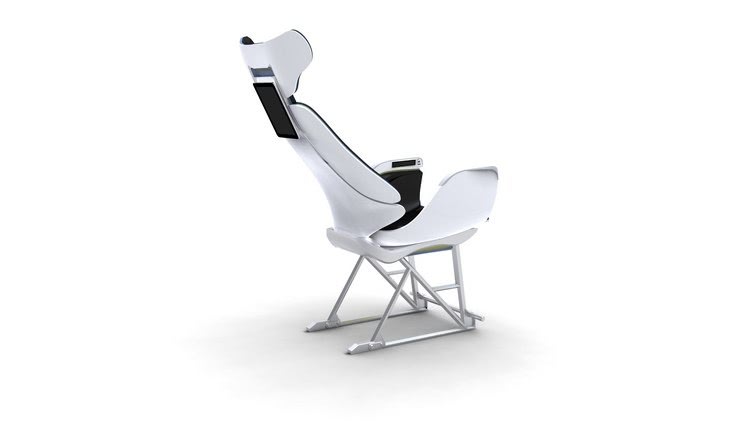Demonstrating the company’s global commitment to advancing additive manufacturing, SABIC recently launched its own portfolio of high performance filament grades including the ULTEM AM9085F filament, which can be used for the production of applications targeted for the aerospace industry. Beyond these initial filament offerings, SABIC is focused on the development of differentiated filaments and materials formulated for use in a variety of other additive manufacturing processes, including selective laser sintering (SLS) and large format printing. Leveraging its Centers of Excellence for Additive Manufacturing in the US, The Netherlands and Saudi Arabia, SABIC brings together the resources and expertise needed to create a supportive research environment for continued innovation that can help designers meet specific functional requirements of production applications and solve processing challenges across a wide range of industries.

Prototype economy class aircraft seat, produced through Fused Deposition Modelling 3D printing with SABIC’s ULTEM resin, won the Plastic Application Design award.
"The 3D In-Mold HMI part that gained first place in the Intelligent and Smart Plastics category shows that In-Mold Structural Electronics (IMSE) is one of the key enabling technologies for the integration of electronics on curved surface", explained Giacomo Parisi, Marketing Leader High Performance Forms at SABIC. The technology presents a highly intuitive way of enabling the user to communicate with a device or machine, while addressing the aesthetic aspects with equal effectiveness. The concept can be applied to a wide range of application domains – for example in automotive, appliances, home automation, and consumer electronics.
Source: SABIC



